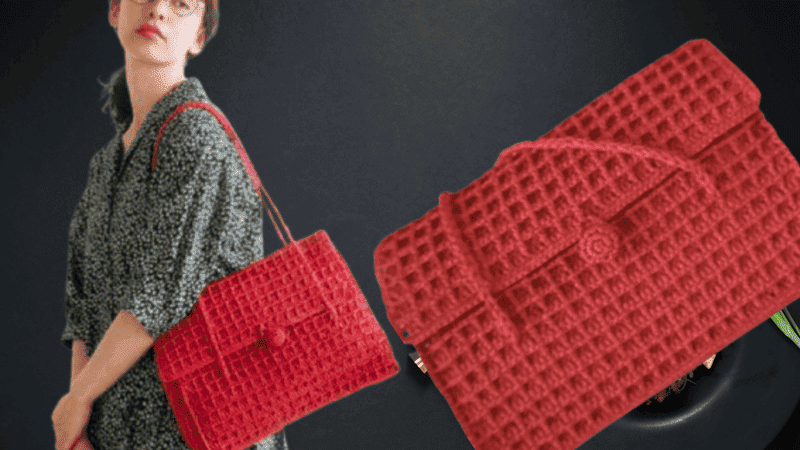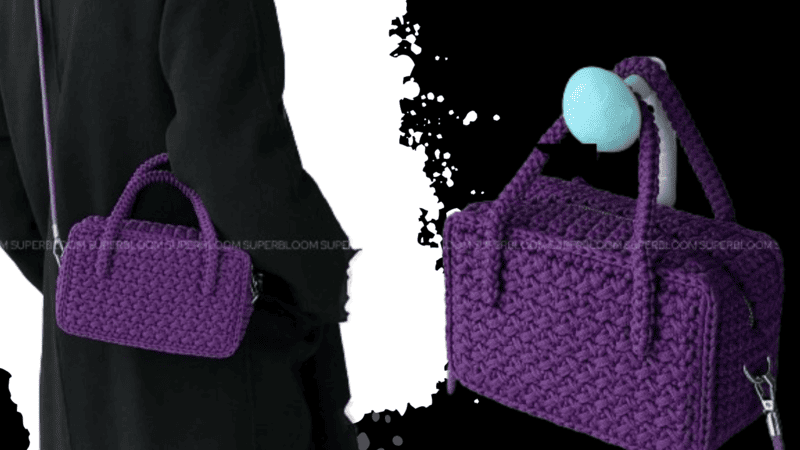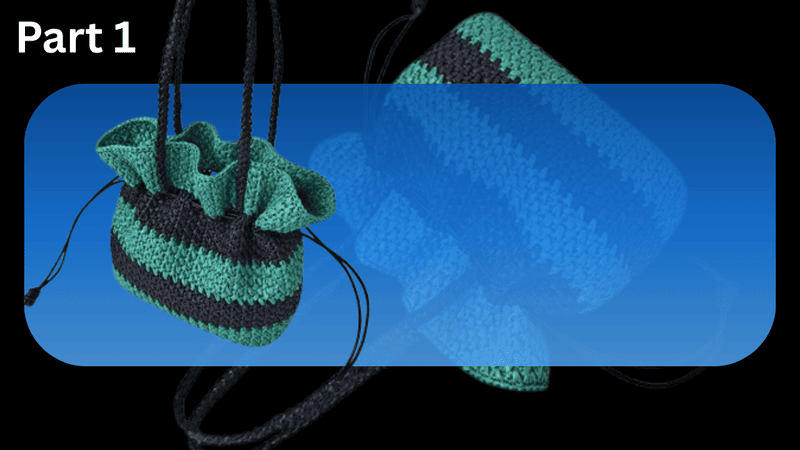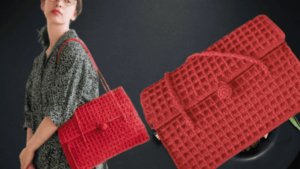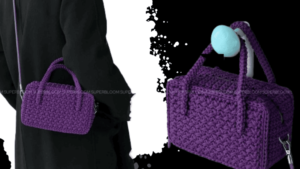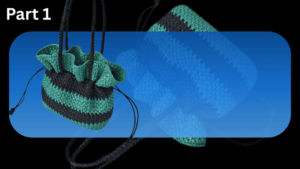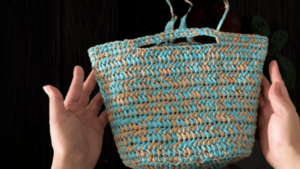What Does HDC Mean In Crochet? The Complete Beginner’s Guide
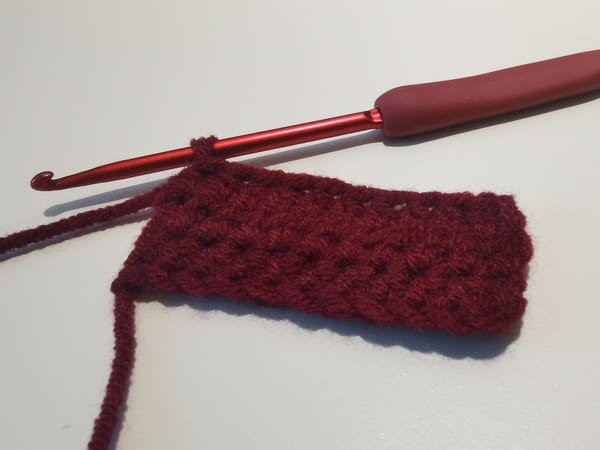
Table of Contents-what does hdc mean in crochet
What does hdc mean in crochet ? If you’ve just picked up a crochet hook and a ball of yarn, you’ve probably noticed a jumble of letter combos popping up in patterns. Abbreviations like SC, DC, and HDC can feel like secret shorthand, but believe me, everyone starts out a little puzzled by them. Today we’re going to shine a spotlight on one of the most handy stitches you’ll meet: the Half Double Crochet, or HDC for short.
So what exactly is HDC? Think of it as a height that sits right between single crochet (SC) and double crochet (DC). It gives your work a lovely, sturdy texture without slowing you down, which is why beginners and seasoned crocheters both reach for it. In this post I’ll walk you through the stitch with clear, step-by-step photos, show you where it shines in projects, compare it to its siblings, and share a bunch of easy tips so you can nail it every time.
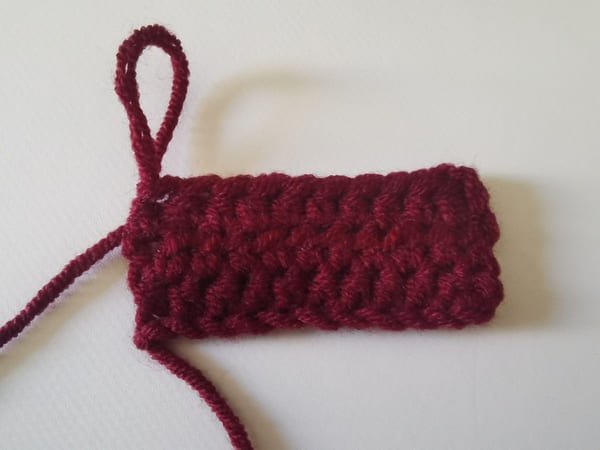
What is hdc in crochet?
Let’s start with the basics. HDC stands for “Half Double Crochet.” In crochet patterns, you’ll often see it called “hdc.” This stitch is one of the six beginner stitches every new crocheter should master.
So what makes HDC special? It blends the snugness of single crochet with the height and drape of double crochet. That gives you a stitch that’s a little taller but still keeps the fabric nice and dense. Because of this, HDC works well in cozy scarves, sturdy bags, and even fitted garments.
Here’s why we keep reaching for HDC:
- It’s faster than single crochet.
- It leaves a soft, squishy texture.
- It feels sturdier than double crochet.
2. How to make a half double crochet stitch?
Ready to give HDC a try? Grab some yarn and a hook, and follow along as we walk through the stitch step by step.
Step-by-Step HDC Instructions:
- Yarn Over (YO)
Wrap the yarn over your hook once, just like you do for double crochet.
- Insert Hook
Guide the hook into the stitch or chain your pattern tells you to.
- Yarn Over and Pull Through
- Yarn over again and pull up a loop. Now you should see three loops resting on your hook.
- Yarn Over and Pull Through All Loops
- Yarn over, pull through all three loops sitting on your hook.
That’s it—one half double crochet is done!
More details picture tutorial , please click:Half Double Crochet In The Round-The Complete Guide
Practice tip:
Chain 10 to 15 stitches and fill the row with HDC. After a few repeats, you’ll notice how neatly the stitches stack and how satisfying the fabric feels in your hands.
Why we use the hdc stitch?
So, why do so many crocheters reach for the half double crochet? Speed, style, and real-world function all come into play. Here’s what we love about it:
Speed meets structure
HDC works up faster than single crochet yet feels sturdier than loose double or treble stitches. You get quick rows without floppy fabric-a game changer in any pattern.
Great drape with just enough density
HDC gives us a gentle drape while still blocking cold air in hats, blankets, and home pieces. It lives right between stiff and slouchy, making finished items feel cozy but never heavy.
Perfect for textured patterns
The half double crochet stitch shines in textured patterns, especially the camel stitch or HDC in the third loop. These stitches create a finish that looks knit or ribbed, giving our work a warm, modern feel.
Easy to modify
Half double crochet is easy to adjust; we can add or remove stitches exactly the same way we do with single or double crochet. Because of that, shaping is quick and straightforward. Plus, mixing HDC with SC or DC lets us play with the look of any piece.
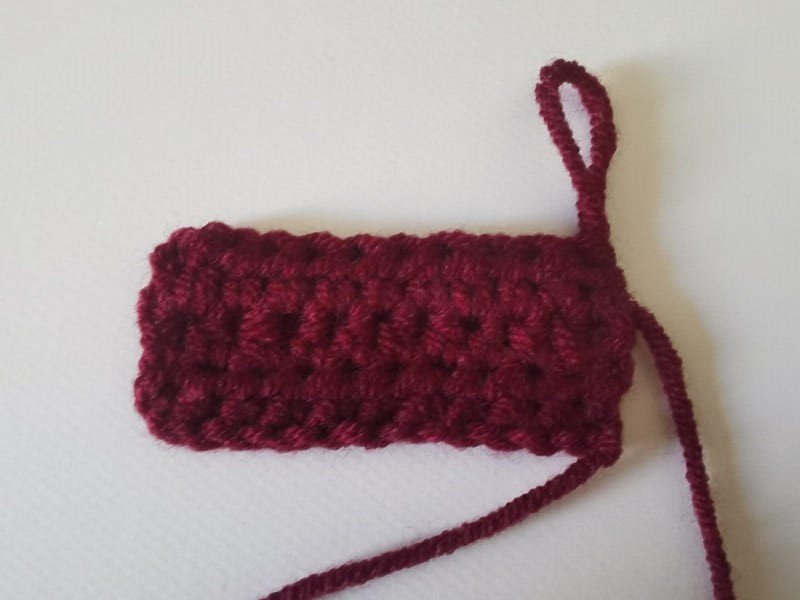
Comparing hdc to other stitches
Here’s a side-by-side glance of half double crochet next to other common stitches.
| Stitch | Height | Texture | Speed | Common Use |
|---|---|---|---|---|
| SC(single crochet) | Short | Dense | Slower | Amigurumi, tight fabrics |
| HDC(half double crochet) | Medium | Soft, thick | Moderate | Blankets, scarves, hats |
| DC(double crochet) | Tall | Looser | Faster | Shawls, garments |
| TR(treble crochet) | Very Tall | Open, airy | Fastest | Lace, airy garments |
We reach for HDC when we want something cushy that will still keep its shape. It isn’t as tight as single crochet, so our wrists thank us on longer rows, yet it isn’t so loose as double crochet that the fabric flops.
Common mistakes and how we can avoid them
Even though half-double crochet is pretty beginner-friendly, there are a few common slip-ups that every new crocheter seems to hit sooner or later. Let’s walk through those mistakes and share simple ways to steer clear of them.
Mistake #1: Skipping the Turning Chain
That little turning ch-2-makes a big difference. If you leave it out, your row starts to shrink sideways. Some patterns say the turning chain counts as a stitch; others say it doesn’t, so take a second to read the pattern notes before you begin.
Mistake #2: Inconsistent Tension
HDC is taller than single crochet, so new makers sometimes pull the yarn too tight or let it hang too loose. Try to keep an even feel, and stick with the same hook size from start to finish.
Mistake #3: Misidentifying the Stitch
The “V” at the top of an HDC stitch can hide, especially when you’re looking at rows with lots of texture. Counting each stitch at the end of the row until the shape feels familiar is a helpful habit.
HDC in the round vs. in rows
We love using half-double crochet for both flat rows and spiraled rounds, but the two methods behave just a little differently.
HDC in rows
When we crochet back and forth, the edges are easy to see, and counting rows feels natural. Most times, we start each row with a chain of 2, depending on what the pattern calls for.
HDC in the round
For round pieces, like hats or baskets, we usually begin with a magic ring. At the end of each round, we join with a slip stitch. Some folks skip the join and work in continuous spirals for a smoother finish.
Using HDC in rounds makes soft hats and comfy cowls. If you choose the no-join method, pin in a stitch marker to keep track of your rounds.
Creative ways we use hdc in projects
Now let’s talk about the fun stuff—what can we actually make with HDC?
1.Blankets
HDC is perfect for baby blankets and couch throws because it stays soft yet still holds shape. The squishy stitches stay warm without feeling too stiff or heavy.
2.Hats & Beanies
We turn to HDC whenever we need quick winter hats, since it builds up fast and feels thick and cozy. Adding ribs with third-loop HDC gives the brim a stretchy, knit-look finish.
3. Scarves & cowls
HDC scarves feel soft against your skin, and that little ridge looks stunning in variegated yarn.
4. Bags & Totes
The dense stitch gives bags shape that stands on its own. We use a tighter tension here for extra strength and wear.
5. Sweaters & cardigans
HDC creates a smooth, drapy fabric, especially when mixed with post stitches or worked in the third loop.
Best yarn and hook pairings for hdc
Now, let’s chat about yarn and hooks! You can use any yarn and hook for HDC, but these pairings work best:
| Yarn Type | Best Use with HDC |
|---|---|
| Worsted Weight (4) | Great for beginners; perfect stitch definition |
| Bulky Yarn (5/6) | Cozy scarves, blankets, and warm winter hats |
| Cotton Yarn | Ideal for bags, home decor, and light summer tops |
| Variegated Yarn | HDC shows off color changes like a mini waterfall |
For hooks, we love aluminum or ergonomic handles. Start with the size on the yarn label, then go up or down a notch to get the tension you like.
How to read patterns that use hdc
At first, patterns that use HDC can feel a bit scary, but once you memorize the main abbreviations, it becomes easy. Here’s a common line you might run into:
Row 2: Ch 2, hdc in each st across. Turn.Let’s break that down:
- Ch 2: Make two chain stitches to start the row.
- hdc in each st across: Work one half double crochet into every stitch from the previous row.
- Turn: Flip the whole piece around so you can start the next row.
You might also see other notes, like:
- hdc2tog: Half double crochet two stitches together for a decrease.
- hdc inc: Put two HDCs in the same stitch for an increase.
- hdc in 3rd loop: A special way to create textured ribbing.
After practicing a few rows, these lines of shorthand will start to feel completely normal.
FAQs About hdc in crochet
Q: Is hdc good for beginners?
A: Absolutely. It’s one of the easiest stitches to learn after single crochet, and it opens up many different projects.
Q: Can I mix hdc with other stitches?
A: Yes! HDC works nicely with single, double, and even puff stitches, adding texture and dimension to your work.
Q: What does “hdc in 3rd loop” mean?
A: It means you put your hook into the loop that sits behind the top V of the stitch. This little trick gives your work a stretchy, knit-like rib.
Q: How tall is an HDC stitch?
A: An HDC is about three-quarters the height of a double crochet. Its taller than a single but shorter than a double.
Q: Can we use HDC for garments?
A: Absolutely. Many sweaters, cardigans, and tops use HDC because it adds structure and a soft feel.
Reference sources
1.Learn the most comprehensive guide for single crochet(sc)
Author:Sarah Stearns
Publication date: on June 15, 2021, updated:December 14, 2024
Title: How to single crochet (sc)for beginners
Summary as blow:
- Step-by-Step Single Crochet for Beginners
- Single Crochet into a Foundation Chain
- Single Crochet into another Row
- Single Crochet in the Round
- Increases and Decreases
- Working Single Crochet in Different Loops

